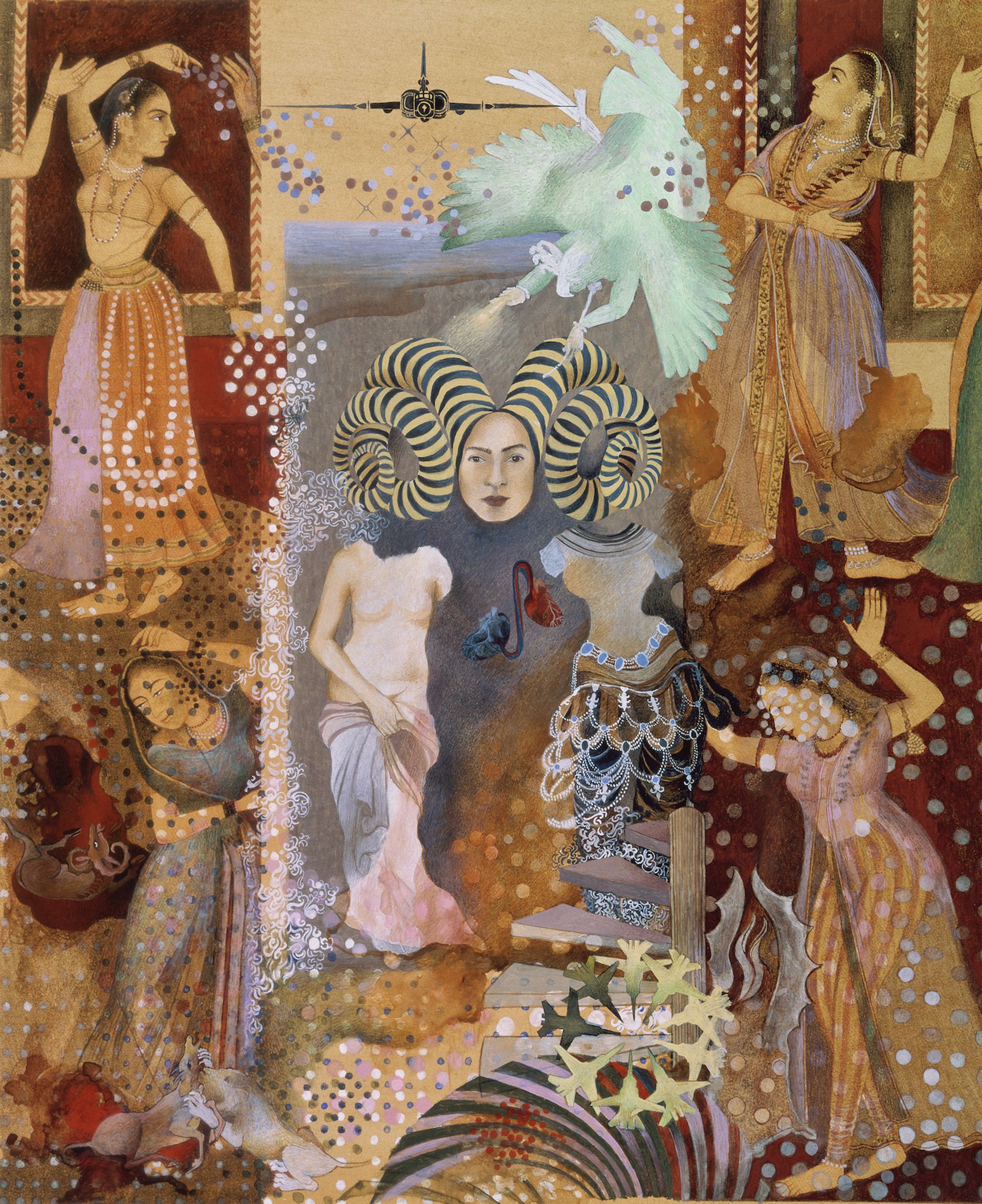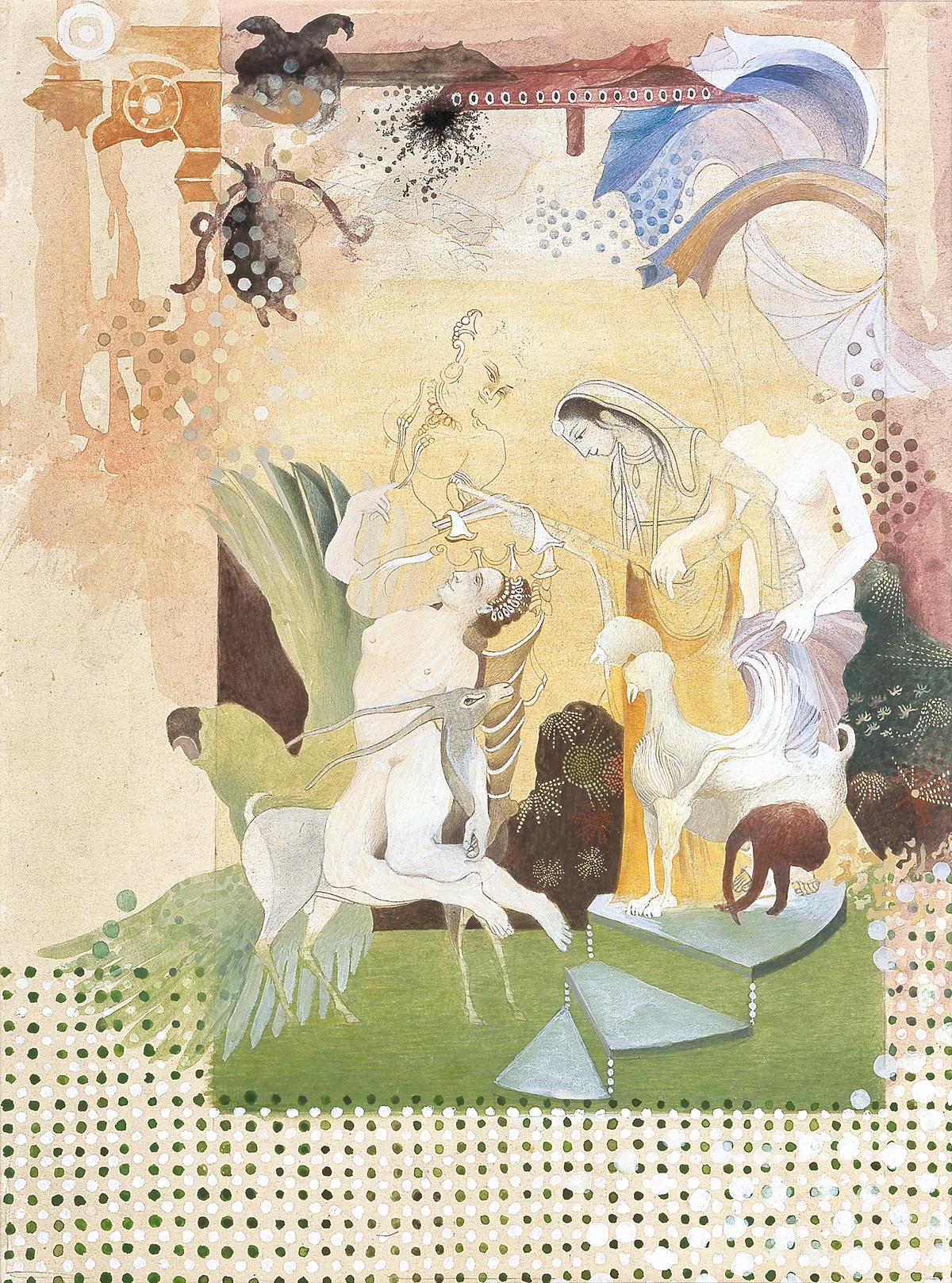The Pakistani-American artist Shahzia Sikander, best-known for her miniature paintings that revive illuminated manuscript traditions from South and Central Asia, but with a contemporary feminist context, will have an exhibition this summer at The Morgan Library and Museum in New York.
The show Shahzia Sikander: Extraordinary Realities (18 June-26 September) includes around 60 works from the first 15 years of Sikander’s career (1988-2003), when she started her interrogation into the colonialist impact on Islamic and South Asian pictorial traditions.
The Lahore-born artist tells The Art Newspaper her practice was born from “an investigative pursuit to highlight the politics of provenance, ownership and the narration of Indian, Persian and Central Asian manuscripts, which, unlike Western medieval manuscripts, have been often deconstructed and dispersed for profit”.
Sikander’s works, which often incorporate feminist protagonists, were also a response to the lack of South-Asian representation in Western feminist art historical scholarship in the 1990s. The overarching narrative of “Third World feminism”, a term that came out of postcolonial theory in the late 1980s and early 1990s to refer to women in non-Western societies, “felt offensive and limiting and also pointed out feminism’s blind spots and exclusions”, Sikander says.

Shahzia Sikander, Pleasure Pillars (2001) © Shahzia Sikander
The show includes three leaves and two historic books Sikander selected from the Morgan’s collection whose style and imagery resonate with her own interpretation of Indian manuscript techniques. Among the pieces is a page from the Bhāgavata Purāṇa (1802) showing a half-male and half-female figure, which she says “expand iconographies around multiple genders, non-binary gender identities and the inherent totality that lies beyond duality”.
The show also features Sikander’s first exhibited sculpture, a patinated bronze work called Promiscuous Intimacies (2020) that reimagines the protagonists of her paintings in a sculptural format, blending elements of the mythological characters Venus and the Devata.
Sikander describes the sculpture, which is named after a text by the gender and sexuality scholar Gayatri Gopinath, as an exploration of the “promiscuous intimacies of multiple times, spaces, art historical traditions, bodies, desires and subjectivities”.
The exhibition has been organised by the RISD Museum in Providence, Rhode Island, where Sikander earned her MFA in painting and printmaking in 1995. After its run in New York, it travels to RISD in November and to the Museum of Fine Arts, Houston, in March next year.


